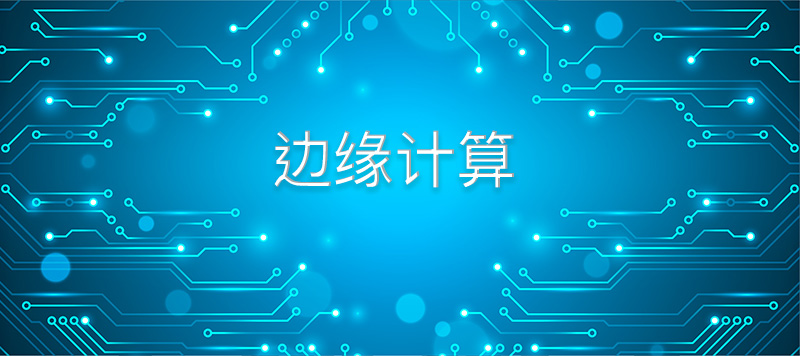No matter how fanciful the concepts of the Industrial Internet of Things, big data-driven, and digital twins are, in the actual industrial production process, if the core problems of the enterprise cannot be solved-increasing profits and reducing costs, it will inevitably be just talk on paper. While data itself is important, service applications that directly solve problems are more valuable to businesses. Currently, in addition to how to collect data, the key issue faced by most enterprises is what data is worth collecting? To put it bluntly, it’s how to use data to generate value!


We know that the collection and transmission of industrial data are basically based on the “end-pipe-cloud” model. At the application site, the “end” is responsible for collecting data, executing instructions, and the “management” opening up the data transmission path, while the “cloud” is responsible for all data analysis and control logic functions. Whether the entire process can be smoothly connected is crucial to data collection, analysis, and application capabilities.
However, with the development of the Internet of Things, the amount of data generated by industrial manufacturing equipment will increase. If all these data are to be processed in the cloud, endless spectrum resources, transmission bandwidth and data processing capabilities will be required. The “cloud” will inevitably be overwhelmed. At this time, edge computing is needed to share the pressure of cloud computing.
Therefore, the edge computing gateway that collects, processes and transmits data at the edge of the industrial site is responsible for opening up the “two channels” of industrial data transmission, and then integrates it with the cloud platform – edge-cloud integration, and finally uses the big data Data analysis and empowering production can unleash the true value of industrial data.
If the brain is compared to the cloud, then edge computing is the nerve endings, which self-process simple stimuli and feed the processed characteristic information back to the cloud brain.
Although the core issue currently pursued by industrial enterprises is how to enable data to empower production and generate value. However, we cannot ignore the common problems that have plagued industrial enterprises for many years in this process. The key prerequisite for data processing is how to collect data? For any industrial enterprise, the first step in mining data gold mines is to collect data. Big data analysis without data collection is a castle in the air. An industrial cloud platform without data is equivalent to a tree without roots.
In different industrial production processes, due to the numerous brands of automation products, diversified industrial interfaces, and inconsistent industrial protocols, seemingly simple data collection is not that easy.
In addition to data collection, in terms of data processing and application, industrial site data faces the problem of a short “freshness period” and a large amount of “junk” data that does not need to be transferred to the cloud.
Although from an industrial perspective, edge computing is developing in full swing, from an application perspective, it is still in the early stages of implementation. The integration of edge computing and cloud computing can truly reflect the value of industrial data.
In industrial scenarios, on the one hand, real-time analysis algorithms are directly run through edge computing, and on the other hand, the collaboration between the edge and the cloud is used to achieve continuous growth and optimization of models, thereby allowing edge analysis technology to enhance the platform’s real-time analysis capabilities. Of course, when the capabilities and connotations of edge-cloud collaboration are applied to various application scenarios, their specific capabilities and concerns will be different, because each edge computing business form has different business requirements for collaboration with cloud computing.
In the cloud, the equipment cloud can collect real-time production data from industrial sites for centralized storage, analysis, processing, and prediction. From network management, on-site detection to perception and response, it can greatly improve operation and maintenance efficiency.
Edge computing has more powerful insights and analysis capabilities for collected data. The application of edge computing and the deployment of edge computing gateways will make the benefits generated by data clearly visible. Only then can the industrial Internet be truly implemented in the “front line”.
In the era of smart manufacturing, all aspects of production need to be connected and interact in real time. For example, production data and equipment data in production, warehousing, logistics and other links need to be monitored and tracked in real time, and then intelligent predictions can be made through big data processing, including advance stocking, Safety precautions, etc. Zongheng Intelligent Control’s industrial IoT layout is following the footsteps of Industry 4.0. It is based on “edge computing gateway-apparaat cloud big data analysis” and adopts edge-cloud collaboration to open up the channels for data collection, transmission and processing, and conduct big data analysis to fully Give full play to the value of data and ultimately empower the Industrial Internet of Things in all aspects.